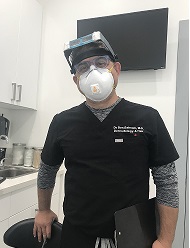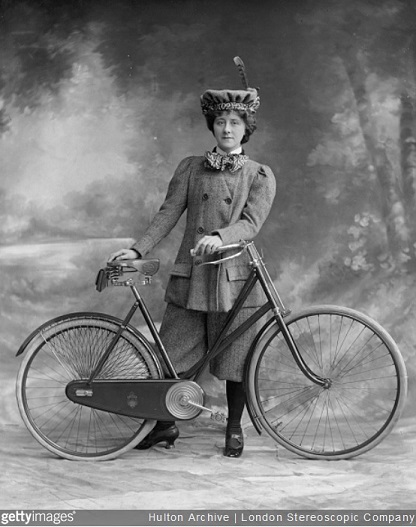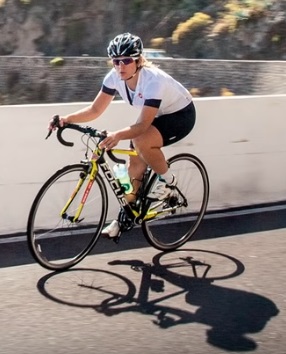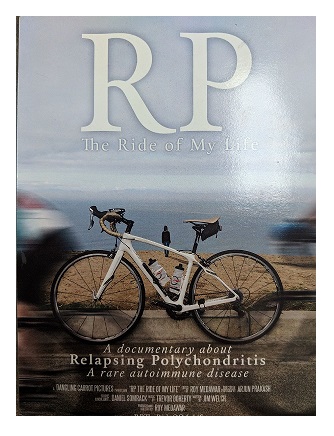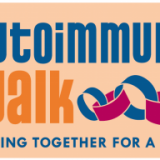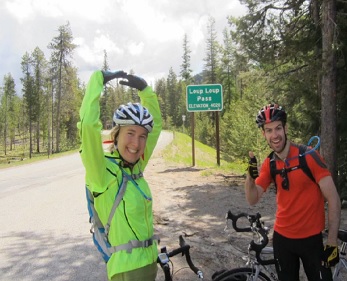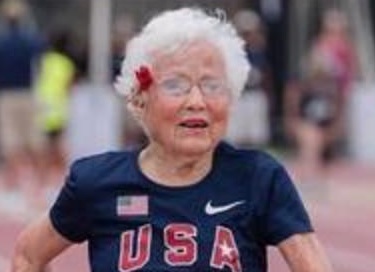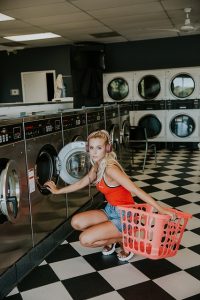
You’ve been out cycling, arrive home hot and sweaty, decide you need to run an errand or two, make a few calls, send a couple texts, or perhaps pick up a few things at the market while wearing your sweaty jersey and cycling shorts. Cue theme song from the movie “Jaws: https://www.youtube.com/watch?v=A9QTSyLwd4w
Brewing on your chamois is a bacterial bonanza, promoting chafing of your delicate undercarriage and causing irritation. Warm moist environments are primed for yeast to grow. To counteract, make bathing and changing a top priority when you finish your ride. The war on germs doesn’t stop there however.
We wash our bodies, our clothes, then everything is clean, right? Not so fast. There is a distinct difference between looking and smelling fresh and being hygienically clean.
In days gone by, mothers washed dirty clothes in boiling water, scrubbed them on washboards, put them through the ringer, then hung them out to dry on wind whipped clotheslines surrounded by fresh air and sunshine. The process was long and arduous. Today however, the process of washing the laundry has been much simplified; put the cold or warm water and soap into the washing machine, add dirty clothes, close lid, walk away. Now that we are so advanced, our lives simplified, experts now tell us that the average washing machine is teaming with 100 million e.coli, due to the present day practice of washing nearly every load in cooler temps, without bleach.
You’ll find that manufactures of cycle wear for example, advise to wash in either cold or warm temps, no bleach, no dryer, no softeners or dryer sheets; a gentle wash to protect delicate fabrics. We tend to wash street clothes at cooler temps as well, avoiding bleach, color loss and shrinkage. During drought conditions, many opt to combine loads in order to save water, making one large load instead of two or three smaller loads, all while unknowingly cross contaminating, a practice that can make your entire family sick.
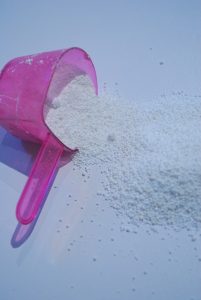
Laundry detergents are either biological or non-biological based. (bio or non-bio) Bio detergents contain enzymes, often recommended by clothing manufacturers because they are gentle on fabrics, work at cooler wash temperatures and break down or digest stains such as starches, fats and proteins, e.g., grease, grass stains, perspiration, pasta sauces, while non-bio detergents do not contain enzymes, are less irritating to your skin, and clean stains at higher water temperatures.
According to the US National Library of Medicine National Institutes of Health, a study entitled;
“Bacterial Exchange in Household Washing Machines;”
“In the past decades, laundry processes and detergents were substantially adjusted for environmental and economic reasons. The introduction of enzymes and the concomitant lower washing temperature, a decreased water consumption and the use of liquid detergents without disinfecting bleaching agents are some of the main adaptations in the laundry processes.” These adjustments have impacted the hygienic quality of the laundry process.”
“In Europe, colored laundry is most often washed at temperatures between 30 to 40°C, (86 to 104 degrees F.) offering good circumstances for bacteria to survive, or even, to grow. In China, South-Korea, Japan, and the USA, cold water is the most preferred water type. Only an estimated 5% of the household laundering in the USA is done at 60°C or higher (140 degrees F.), an advised temperature for effectively killing possibly pathogenic bacteria. Any lower washing temperature offers survival conditions for bacteria and induces cross-contamination in the laundry. Staphylococcus aureus and S. epidermidis, for example, have been shown to survive laundry programs at 50°C. (122 degrees F.) Despite the existing knowledge, the understanding of bacterial exchange in washing machines remains inadequate.”
Washing at higher temps will help to kill bacteria, especially important for those with poor immune systems such as infants, the elderly and people who are sick. During flu season, the Norovirus is easily spread among family members and can be exacerbated by not washing laundry in hot enough water.
Bottom line? If most of your laundry is washed in cold or warm temps, run a tub of very hot water with a detergent that contains bleach (do not add laundry), either once weekly or monthly to kill the black mold and bacteria that are thriving in your washing machine. Do not cross contaminate by washing underwear or cycle wear with things like tea towels that can then contaminate kitchen utensils. Avoid “contact dermatitis” a form of skin irritation, by choosing laundry detergents that are hypoallergenic and fragrance free whenever possible.
Liquid laundry detergents typically do not include bleach and while less harsh on fabrics, do not rid your clothes of unhealthy bacteria. While this process may make your clothes look clean, they are not hygienically clean. To make clothes hygienically clean, consider adding a disinfectant to your wash, and or consider adding white vinegar to the rinse cycle, as it is an inexpensive microbial disinfectant. Always test a small patch of fabric before adding product to entire load.
Note: Always follow your clothing manufacturers washing recommendations.
The Women Bicycling Logo is a Registered Trademark



